| Content | Strabotomy
In cases that do not improve with glasses and exercise programs, surgery is applied to patients with congenital strabismus. With this treatment, it is done by increasing the strength of some of the 6 muscles in our eyes, by reducing some of them or by changing the effect points of some of them. Although early treatment is preferred in strabismus, treatment is possible in adulthood as well.
The operation is preferably performed under general anesthesia. The eye is closed after the operation. On the 1st day after the operation, the eye is opened and dressed. Afterward, the eye is not closed, there is no pain, only a slight stinging sensation may be felt in the patient. Patients can return to their daily lives 6-7 days after the surgery. Redness in the eyes lasts about 3-4 weeks, decreases with the use of drops.
Surgical intervention
Strabismus surgeries can be performed under general anesthesia in children and local or general anesthesia in adults.
How long does strabismus surgery take?
Although the duration of the operation varies according to the number of muscles involved, it takes an average of 1 hour.
The recovery process after strabismus surgery
Patients can return to their daily lives 6-7 days after the surgery. Redness in the eyes lasts about 3-4 weeks, decreases with the use of drops.
Is strabismus surgery risky?
As with any surgical procedure, strabismus surgery also has risks. Experienced surgeons reduce this risk considerably. |
| WOMEN UNDER 40 LARGE SCREENING PACKAGE |
| LABORATORY ANALYSIS
|
| Glucose |
To determine whether or not your blood glucose level is within normal ranges; to screen for, diagnose, and monitor diabetes, and to monitor for the presence of hypoglycaemia (low blood glucose)
and hyperglycaemia (high blood glucose) |
| HbA1c |
To monitor average blood glucose levels over a 3 month period. Used to help diagnose and monitor people
with diabetes |
| Urea (Bun) |
To measure how much waste product you have in your blood. It is used to determine how well your kidneys
are working |
| Creatinine |
To assess kidney functions |
| Uric Acid
|
To diagnose kidney disorder,diagnose and monitor people with gout, monitor kidney function |
| Complete Urinalysis Test
|
To look for metabolic and/or kidney disorders and for urinary tract infections |
| Total Cholesterol
|
To look for metabolic and/or kidney disorders and for urinary tract infections |
| LDL Cholesterol
|
| HDL Cholesterol
|
| Triglycerides
|
| AST (SGOT)
|
To diagnose liver, bile duct and heart diseases. |
| ALT (SGPT)
|
| GGT
|
To screen for liver disease or alcohol abuse; and to help your doctor tell whether a raised concentration
of alkaline phosphatase (ALP) in the bloodstream is due to liver or bone disease |
| ALP
|
To screen for or monitor treatment for liver or bone disorder |
| Sodium
|
To investigate causes of dehydration, oedema, problems with blood pressure, or non-specific symptoms |
| Potassium
|
To help diagnose and determine the cause of an electrolyte imbalance; to monitor treatment for illnesses that
can cause abnormal potassium levels in the body |
| Chloride
|
To determine if there is a problem with your body’s acid-alkali (pH) balance and to monitor treatment |
| Calcium
|
To scan, diagnose, and monitor a range of conditions relating to the bones, heart, nerves, kidneys, and teeth |
| Phosphate
|
To help in the diagnosis of conditions known to cause abnormally high or low levels |
| Amylase
|
To diagnose pancreatitis or other pancreatic diseases |
| Lipase
|
To diagnose and monitor pancreatitis or other pancreatic disease |
| Magnesium
|
To diagnose and monitor pancreatitis or other pancreatic disease |
| C-Reactive Protein (CRP)
|
To identify the presence of inflammation, to determine its severity, and to monitor response to treatment. |
| 25 Hydroxy Vitamin D
|
To investigate a problem related to bone metabolism or parathyroid function, possible vitamin D deficiency,
malabsorption, before commencing specific bone treatment and to monitor some patients taking vitamin D. |
| Blood Count Haemogram
|
Haemogram serves as broad screening panel that checks for the presence of any diseases and infections in the
body |
| Blood Count Haemogram
|
Haemogram serves as broad screening panel that checks for the presence of any diseases and infections in the
body |
| Erythrocyte Sedimentation Rate
(ESR) |
To detect and monitor the activity of inflammation as an aid in the diagnosis of the underlying cause |
| Ferritine
|
To help assess the levels of iron stored in your body |
| Ferritine
|
To help assess the levels of iron stored in your body |
|
Vitamin B12 |
To help diagnose the cause of anaemia or neuropathy (nerve damage), to evaluate nutritional status in some
patients, to monitor effectiveness of treatment of B12 or folate deficiency |
|
Free T3 |
To help diagnose hyperthyroidism and monitor it's treatment |
|
Free T4 |
To diagnose hypothyroidism or hyperthyroidism in adults and to monitor response to treatment |
|
TSH |
To screen for and diagnose thyroid disorders; to monitor treatment of hypothyroidism and hyperthyroidism |
| HBsAg
|
To detect, diagnose and follow the course of an infection with hepatitis B virus (HBV) or to determine if
the vaccine against hepatitis B has produced the desired level of immunity |
|
Anti HBs |
|
Anti HCV |
To screen for and diagnose hepatitis C virus infection and to monitor treatment of the infection |
|
Anti HIV |
To determine if you are infected with human immunodeficiency virus (HIV) |
|
CA 125
|
To monitor treatment for ovarian cancer or to investigate for a possible ovarian cancer |
| OTHER ANALYSIS
|
| Abdominal Ultrasound |
To identify diseases at organs in the abdomen, including the liver, gallbladder, spleen, pancreas, and kidneys |
| Thyroid Ultrasound |
To characterize a thyroid nodule(s), i.e. to measure the dimensions accurately and to identify internal structure and vascularization |
| Breast Ultrasound (Bilateral) |
To screen suspected breast cancer or for early diagnosis and control. It is the imaging of breast with ultrasound device |
| Pap Smear |
Method for early diagnosis of Cervical cancer and infectious diseases |
| Echocardiogram
|
To evaluate how your heart moves, heart valves are working and heart’s pumping strength. |
| Electrocardiogram
|
To measure the electrical activity of the heartbeat and hearth rhythm |
| Exercise Stress Test
|
To determine how well your hearth handles work. The test can show if the blood supply is reduced in the
arteries that supply the heart |
| Pulmonary Function Test
|
To tests that measure how well your lungs work |
| Chest X-Ray
|
The most commonly preferred diagnostic examination to produce images of heart, lungs, airways, blood
vessels and the bones of the spine and chest |
| EXAMINATIONS
|
| Internal Medicine Examination |
To look for metabolic and/or kidney disorders and for urinary tract infections |
| Cardiology Examination
|
| Gynaecology Examination |
| Ophtalmology Examination |
| Pulmonology Examination
|
| General Surgery Examination
|
| Dermatology Examination
|
| If you are very close to your ideal nose and there is an uncomfortable appearance only at the tip or holes of the nose, a minor surgical intervention is sufficient with today's technology. With tip plasty, it is possible to experience a change in a short time and easily.
What is Tip plasty?
Tip plasty (nasal tip aesthetics) is the surgery performed to give the desired appearance of the cartilage in the front of the nose without touching the nasal bone, in patients who do not have any curvature or deformation in the nasal bone, but have curvature, width, coarseness, irregularity in the nasal anterior cartilage, or wideness in the nostrils.
How long does nose tip plastic surgery take?
The operation takes an average of 20-30 minutes.
Is rhinoplasty a painful operation?
With the drugs given to the nose during the operation, postoperative pain is not felt.
To whom can it be done?
Tip plasty can be performed to beautify the tip of the nose and to eliminate the existing problem in patients who do not have any problems on the back of the nose, the bone structures on the sides of the nose, the septum area in the middle of the nose, the nasal ridge is smooth, the nose is not flattened and wide, and only on the tip of the nose.
With this surgery:
- Thinning the tip of the nose
- Lifting the tip of the nose
- Changing the angle of the nose tip
- Bringing the tip of the nose forward
- Elimination of deformities in the nostrils
- Removal of excess nose wings
- Correction of nasal tip problems can be performed in patients who have had previous nose surgery.
Points to be considered after nasal tip aesthetics and the healing process
Nasal tip aesthetics is a slightly easier surgery with a shorter recovery period compared to other nose surgeries. The patient can return to his daily life in a very short time.
It is recommended to use nasal spray to clean and moisturize the nose after tip plasty. With the cold compress to be applied, the swelling starts to decrease rapidly within 2 days. After the 7th day, the person can easily continue his normal life. The numbness at the tip of the nose may continue for 1 or 2 months. Rapid recovery is achieved in the first 3 months, and full recovery is achieved within 6 to 12 months. | During pregnancy, due to sudden growth in the abdomen or as a result of weight gain or loss, sagging in the abdomen, cracks, etc. There are some undesirable changes. Abdominal stretching helps to reduce these complaints. In fact, the patients with the best results are those who have come because of their sagging after weight loss. Although it is not possible for all the cracks on the abdomen to disappear in tummy tuck surgeries, it is possible to reduce them even more. There is no doubt that it is appropriate to perform this type of surgery by Aesthetic and Plastic surgery specialists, in appropriate operating room conditions and when all conditions that protect the patient are met. |
Vaginoplasty
Vaginoplasty is a procedure to repair the vagina. It treats a variety of medical issues, including vaginal enlargements from childbirth and complications of pelvic floor disease.
What is done during vaginoplasty?
The details of the procedure vary depending on your goals and medical needs. The vagina is reconstructed using various surgical techniques.
Who needs vaginoplasty?
- - Those seeking removal of postpartum enlargement or trauma damage to improve sexual function.
- - Women who need vaginal reconstruction after vaginal exposure to radiation or excision to treat cancer or other conditions.
- - Women who have congenital abnormalities (problems from birth) that affect the development of the vagina.
What is the difference between vaginoplasty and other vaginal operations?
- Vaginoplasty is a surgical procedure to improve the appearance or function of the vagina.Other vaginal procedures:
- - Labiaplasty operation that equalizes or shrinks the labia.
- - A vulvoplasty operation that reshapes the outer part of the vagina.
What is done before vaginoplasty?
- Before the surgery decision, your doctor will perform your physical examination to evaluate your suitability for the operation. During this physical examination, you are expected to provide information about your medical history and general health status.Your doctor will inform you about the risks, benefits and post-operative care requirements of the operation. Listening to your doctor's suggestions and recommendations will reduce the risk of complications.
What is the content of the procedure in women with postpartum deformation?
- In operations performed to correct deformations occurring during childbirth
- - Excess skin is removed,
- - Distorted anatomical lines are repaired,
- - It is ensured that the vaginal opening is reduced.
What is the content of vaginoplasty to repair congenital (birth) defects?
-
- - A functional vagina can be created.
- - Excess tissue or abnormal structures are removed.
- - The structures that cause blood to accumulate in the vagina during menstruation are repaired.
Risks / Benefits
-
- Possible risks of vaginoplasty surgery:
- - Dyspareunia (painful intercourse).
- - It can be summarized as numbness or loss of sensation (usually temporary).
In contrast, the benefits after surgery are:
- - There will be increased sexual satisfaction and self-confidence.
What is the recovery process like after vaginoplasty?
-
- Recovery can take from a few weeks to several months, depending on the extent of the surgery. Your doctor and team will provide you with all the necessary information about post-operative care after vaginoplasty.
How are the controls planned after vaginoplasty?
-
- Keeping in touch with your doctor after the surgery and not interrupting your controls will speed up your recovery process and minimize the risk of complications.
| Yaşam Hospital provides the Covid-19 tests in Antalya. With online booking you may have secure and fast results. |
| Additional information | |
| Select Hospital |
Antalya Yaşam Hospital, Kemer Yaşam Hospital, ASV Yaşam Hospital, Opera Yaşam Hospital, Alanya Yaşam Hospital, Manavgat Yaşam Hospital
|
| |
| Select Hospital |
Antalya Yaşam Hospital, ASV Yaşam Hospital, Alanya Yaşam Hospital, Manavgat Yaşam Hospital
|
|
| Select Hospital |
Antalya Yaşam Hospital, Kemer Yaşam Hospital, ASV Yaşam Hospital, Opera Yaşam Hospital, Alanya Yaşam Hospital, Manavgat Yaşam Hospital
|
|
| Select Hospital |
Antalya Yaşam Hospital, Kemer Yaşam Hospital, ASV Yaşam Hospital, Opera Yaşam Hospital, Alanya Yaşam Hospital, Manavgat Yaşam Hospital
|
|






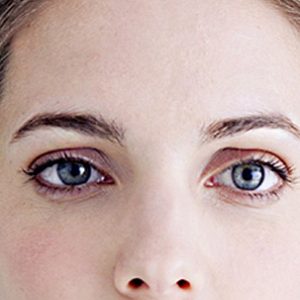
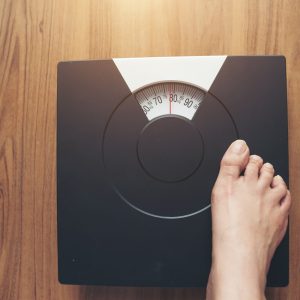
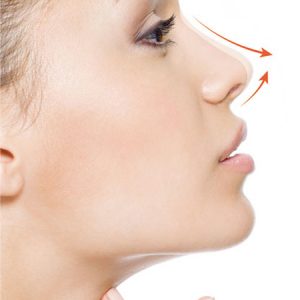



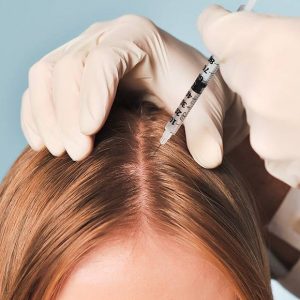


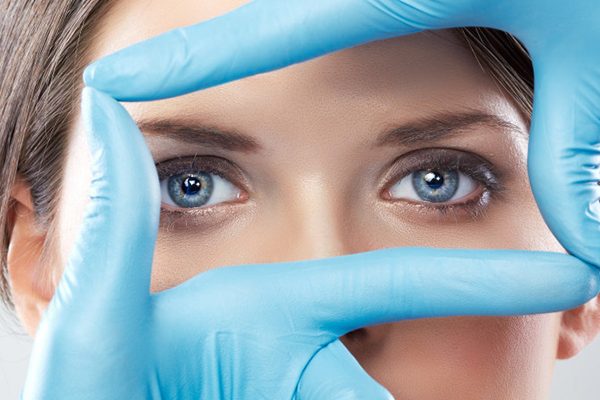

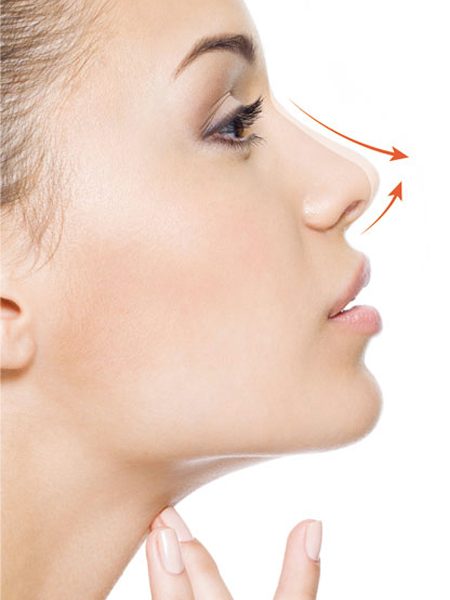


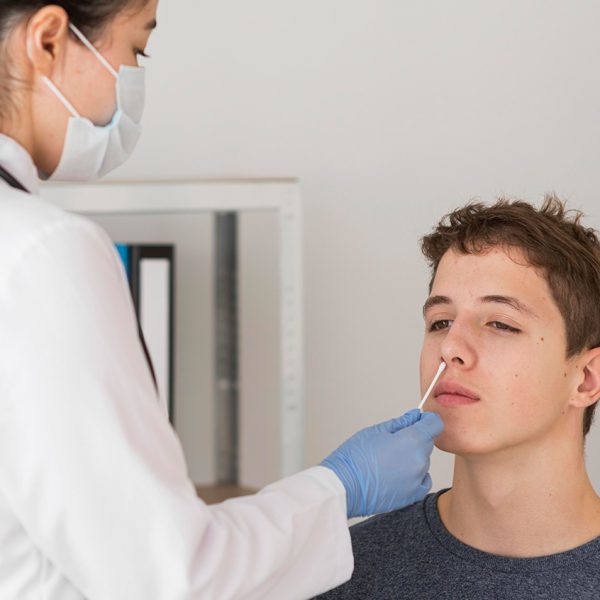






Reviews
There are no reviews yet.